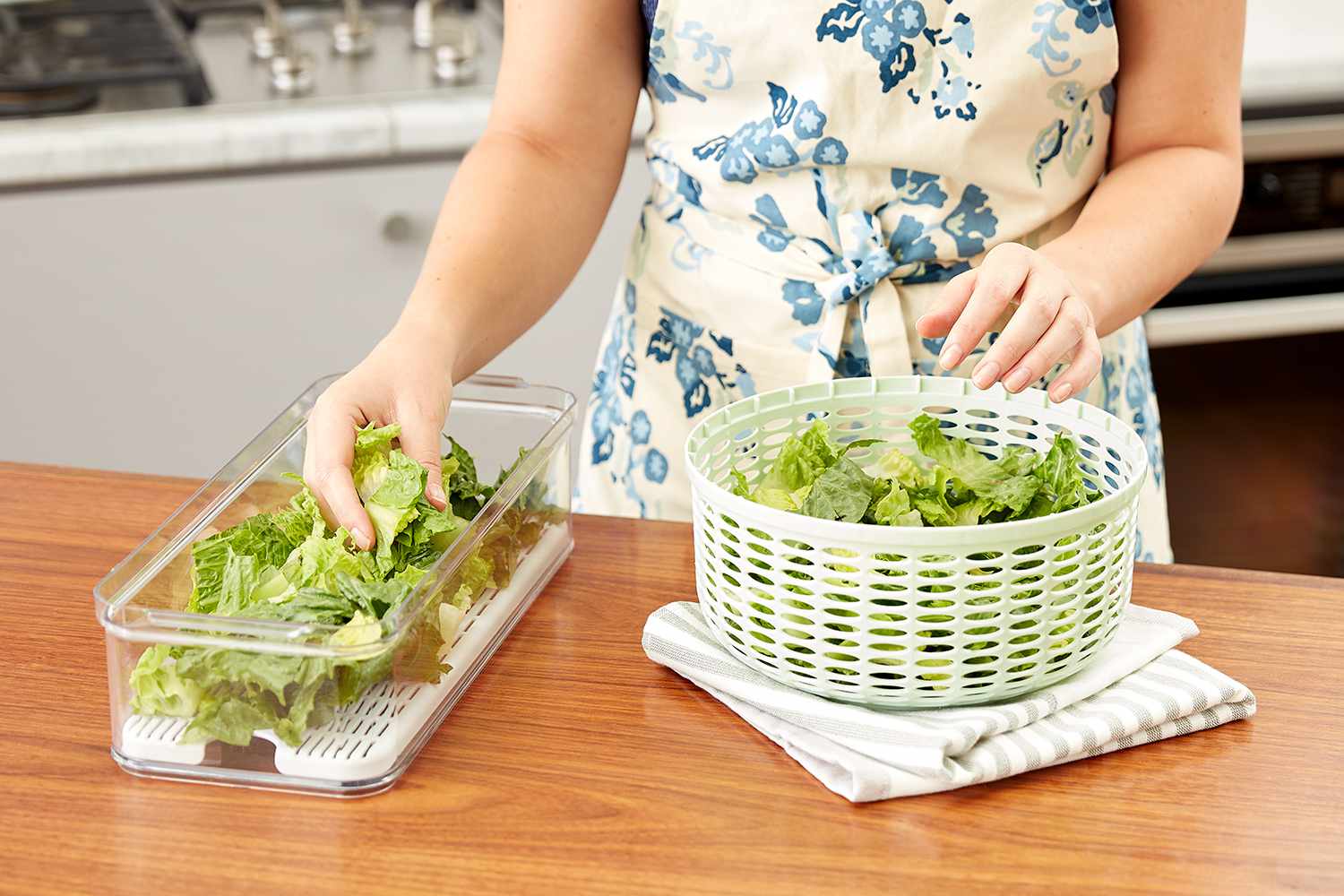

Articles
How To Store Chopped Lettuce
Modified: January 19, 2024
Looking for articles on how to store chopped lettuce? Discover useful tips and tricks to keep your lettuce fresh and crisp for longer in this comprehensive guide.
(Many of the links in this article redirect to a specific reviewed product. Your purchase of these products through affiliate links helps to generate commission for Storables.com, at no extra cost. Learn more)
Introduction
Welcome to the ultimate guide on how to store chopped lettuce. Whether you are meal prepping for the week ahead or simply looking to keep your lettuce fresh for longer, proper storage is essential. We all know that lettuce can quickly wilt and turn brown, so knowing the right techniques can help you maintain its crispness and vibrant green color.
In this article, we will walk you through step-by-step instructions on how to store chopped lettuce to ensure its freshness and extend its shelf life. We will cover everything from preparing the lettuce to choosing the right container and implementing proper storage techniques. So, let’s dive in and discover the secrets to keeping your chopped lettuce crisp and delicious!
Key Takeaways:
- Keep chopped lettuce fresh by washing, drying, and storing it in an airtight container in the refrigerator. Prevent browning with lemon juice or vinegar and handle it with care for extended freshness.
- Choose the right container, maintain a cold temperature, and handle chopped lettuce properly to enjoy crisp and vibrant salads and dishes. Avoid waste and save money with these storage tips.
Read more: How To Store Chopped Romaine Lettuce
Step 1: Preparing the Lettuce
Before you start storing your chopped lettuce, it’s important to properly prepare it. This step ensures that your lettuce stays fresh and retains its natural flavors. Here’s what you need to do:
- Start by washing the lettuce leaves thoroughly under cold running water. This will help remove any dirt or debris.
- After washing, pat the lettuce leaves dry using a clean kitchen towel or paper towels. Excess moisture can contribute to wilting and spoilage.
- Next, remove any damaged or wilted leaves from the head of lettuce. Only use the fresh and crisp leaves for chopping.
- Once you have selected the best leaves, use a sharp knife or a pair of kitchen shears to chop the lettuce into your desired size. You can either opt for small bite-sized pieces or larger chunks, depending on your preference.
Remember to handle the lettuce leaves carefully to avoid crushing or bruising them. Delicate lettuce varieties, such as butter lettuce or romaine, require gentle handling to maintain their texture.
By properly preparing your lettuce, you ensure that it is clean, dry, and ready for storage. This step sets the foundation for maintaining the quality and freshness of your chopped lettuce throughout its storage period.
Step 2: Choosing the Right Container
Once you’ve prepared your chopped lettuce, it’s crucial to select the right container for storage. The container you choose plays a significant role in maintaining the freshness and crispness of the lettuce. Here are some guidelines to keep in mind when selecting a container:
- Opt for an airtight container: Choose a container with a tight-fitting lid that seals completely. This prevents air and moisture from entering the container, which can cause the lettuce to wilt and spoil faster.
- Use a container with enough space: Make sure the container provides enough space for the chopped lettuce without overcrowding it. Overcrowding can lead to compression and bruising, affecting the texture and quality of the lettuce.
- Consider stackable containers: If you are storing multiple containers, it’s beneficial to use stackable ones. This allows you to maximize space in your refrigerator and keep your chopped lettuce organized.
When it comes to choosing the material of the container, there are a few options to consider:
- Glass containers: Glass containers are an excellent choice for storing chopped lettuce as they are non-reactive and do not absorb odors. They also allow you to see the contents without opening the container, which minimizes exposure to air.
- Plastic containers: If using plastic containers, make sure they are food-grade and BPA-free. Look for containers labeled as “microwave-safe” and “dishwasher-safe” for convenience.
- Produce storage bags: Alternatively, you can use produce storage bags specifically designed for keeping lettuce fresh. These bags are made from breathable materials that help maintain the right level of moisture while preventing excess moisture buildup.
Remember to clean the container thoroughly before using it to store chopped lettuce. This ensures that there are no residual odors or contaminants that can affect the freshness of the lettuce. Following these guidelines will help you choose the perfect container to keep your chopped lettuce fresh and delicious.
Step 3: Storing in the Refrigerator
Now that you’ve prepared your lettuce and chosen the right container, it’s time to store it in the refrigerator. The cool temperature of the refrigerator helps slow down the wilting process and extends the shelf life of chopped lettuce. Follow these steps for proper storage:
- Place the chopped lettuce in the chosen container, filling it up to about 3/4 of the capacity. Leave some space to allow for air circulation and prevent crushing the lettuce.
- Ensure that the lettuce is evenly distributed inside the container, avoiding any large clumps or piles. This helps maintain airflow and reduces the risk of moisture buildup.
- Label the container with the date of storage. This helps you keep track of the freshness and allows you to use the lettuce within its recommended shelf life.
- Position the container with the chopped lettuce in the refrigerator’s vegetable crisper drawer or on a shelf towards the back. These areas provide a more consistent temperature and help prevent exposure to fluctuations when opening and closing the refrigerator door.
It’s important to note that temperature control is crucial for storing chopped lettuce. The temperature in the refrigerator should be set between 35 to 40 degrees Fahrenheit (2 to 4 degrees Celsius) to maintain optimal freshness. Avoid storing the lettuce near the freezer compartment, as extreme cold can damage the lettuce leaves.
Additionally, try to minimize the amount of time the refrigerator door is open, as repeated exposure to warm air can affect the quality of the chopped lettuce. Keeping the lettuce in the coldest part of the refrigerator and following these storage guidelines will help prolong its freshness and flavor.
After chopping lettuce, store it in an airtight container with a paper towel to absorb excess moisture. This will help keep the lettuce fresh for longer.
Step 4: Preventing Browning
Browning is a common issue when storing chopped lettuce, but luckily, there are simple ways to prevent it and keep your lettuce looking fresh and appetizing. Here are some effective methods to prevent browning:
- Lemon juice: Before storing the chopped lettuce, you can toss it with a small amount of lemon juice. The acidity in the lemon juice helps inhibit enzymes responsible for browning.
- Vinegar solution: Another option is to create a vinegar solution by mixing one part vinegar with three parts water. Gently toss the lettuce in this solution before storing. The vinegar’s acid content helps prevent browning.
- Proper sealing: Ensure that the container is tightly sealed to prevent exposure to air, which can accelerate browning. Airtight containers or produce storage bags are ideal for this purpose.
- Using a salad spinner: If your lettuce leaves are wet, excess moisture can contribute to browning. After washing, use a salad spinner to remove any excess water before chopping and storing the lettuce.
- Keep it cold: Maintaining a consistently cold temperature in the refrigerator is essential for preventing browning. Make sure your refrigerator is set to the proper temperature range and avoid opening the door unnecessarily.
By implementing these methods, you can significantly reduce the chances of browning and extend the freshness of your chopped lettuce. Remember to check the lettuce from time to time and discard any pieces that show signs of spoilage.
Read more: How To Store Chopped Onion
Step 5: Maintaining Freshness
To ensure the chopped lettuce stays fresh for as long as possible, there are several additional measures you can take. These steps will help maintain the quality and crispness of the lettuce:
- Do not chop the lettuce too far in advance: It’s best to chop the lettuce right before you plan to use it. Cutting it too early can result in faster wilting and loss of freshness.
- Store in a cool and dry environment: If you have leftover chopped lettuce that you want to use later in the day, keep it in a cool and dry spot until you’re ready to store it in the refrigerator. This helps maintain its freshness until it’s time for proper storage.
- Avoid direct contact with moisture: Make sure the chopped lettuce does not come into direct contact with excess moisture, such as water droplets or condensation. Excess moisture can hasten the deterioration process.
- Do not mix with other vegetables: While it’s tempting to store all your vegetables together, it’s best to keep chopped lettuce separate from other vegetables. Some vegetables release ethylene gas, which can accelerate the spoilage of lettuce.
- Check and remove any wilting leaves: Regularly inspect the chopped lettuce for any wilting or spoiled leaves. Removing them promptly helps prevent the spread of spoilage to the rest of the lettuce.
By following these steps, you can maintain the freshness and quality of your chopped lettuce for an extended period, ensuring that it remains delicious and crisp when it’s time to enjoy your salads or other recipes.
Step 6: Proper Handling and Usage
After storing your chopped lettuce, it’s important to handle and use it properly to maintain its freshness and flavor. Here are some tips for proper handling and usage:
- Use a clean utensil: Always use clean hands or utensils when handling the chopped lettuce. This helps prevent the transfer of bacteria or contaminants that can cause spoilage.
- Take out only what you need: To minimize exposure to air and moisture, take out only the amount of chopped lettuce you need for a specific meal or recipe. This helps preserve the freshness of the remaining lettuce.
- Re-seal the container after use: After taking out the desired portion of chopped lettuce, reseal the container tightly to prevent air and moisture from entering. This ensures the longevity and freshness of the remaining lettuce.
- Use within the recommended time frame: Chopped lettuce is best used within a few days of storage. Check the lettuce regularly for any signs of spoilage and use it before it loses its freshness.
- Consider freezing as an option: If you anticipate not being able to use all the chopped lettuce within a few days, you can consider freezing it. Flash freeze the lettuce on a baking sheet before transferring it to a freezer-safe container. Note that the texture may change slightly after thawing, making frozen lettuce more suitable for use in cooked dishes or smoothies.
Remember that proper handling and usage of the chopped lettuce are crucial for maintaining its quality. By following these guidelines, you can savor the freshness of the lettuce and enjoy its crisp texture in your favorite salads, wraps, and other recipes.
Conclusion
Properly storing chopped lettuce is essential to maintain its freshness, crispness, and vibrant color. By following the steps outlined in this guide, you can ensure that your lettuce stays delicious and appetizing for an extended period.
From preparing the lettuce to choosing the right container, storing in the refrigerator, preventing browning, and maintaining freshness, each step plays a crucial role in prolonging the shelf life of chopped lettuce. By taking these necessary measures, you can reduce waste, save money, and always have fresh lettuce on hand for your meals and snacks.
Remember to handle the lettuce with care during preparation, choose a suitable airtight container, and store it in the refrigerator at the right temperature. Take precautions to prevent browning and maintain freshness by using lemon juice or vinegar solutions, proper sealing, and avoiding excess moisture.
Additionally, practice proper handling and usage techniques to ensure that the chopped lettuce remains fresh until you’re ready to enjoy it. By using clean utensils, taking out only what you need, and resealing the container after use, you can prolong the freshness of the lettuce.
Now that you have the knowledge of how to store chopped lettuce, you can confidently whip up delicious salads, wraps, and other dishes without worrying about your lettuce losing its quality. Enjoy the crunch and vibrant flavors of fresh chopped lettuce in all your culinary creations!
Frequently Asked Questions about How To Store Chopped Lettuce
Was this page helpful?
At Storables.com, we guarantee accurate and reliable information. Our content, validated by Expert Board Contributors, is crafted following stringent Editorial Policies. We're committed to providing you with well-researched, expert-backed insights for all your informational needs.
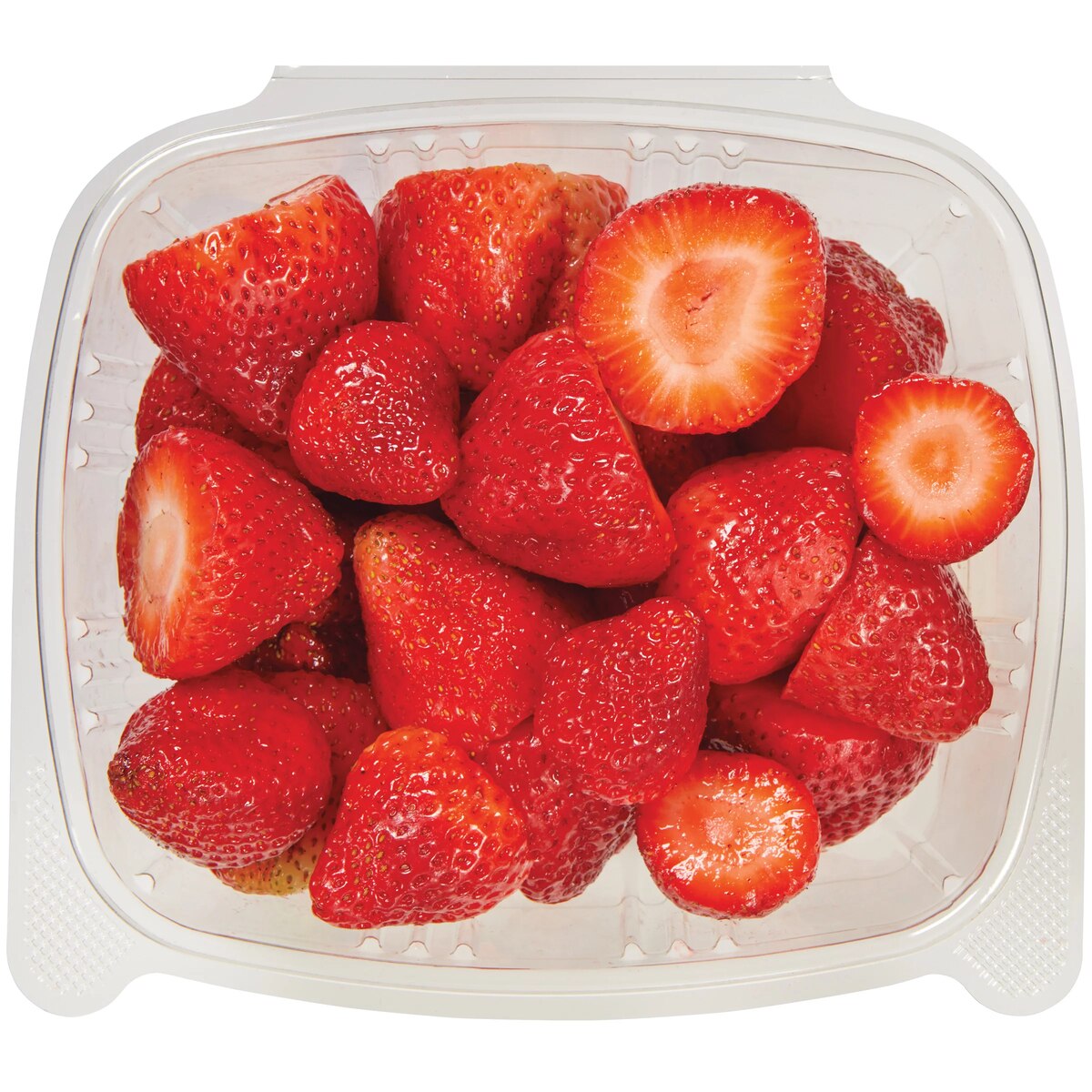
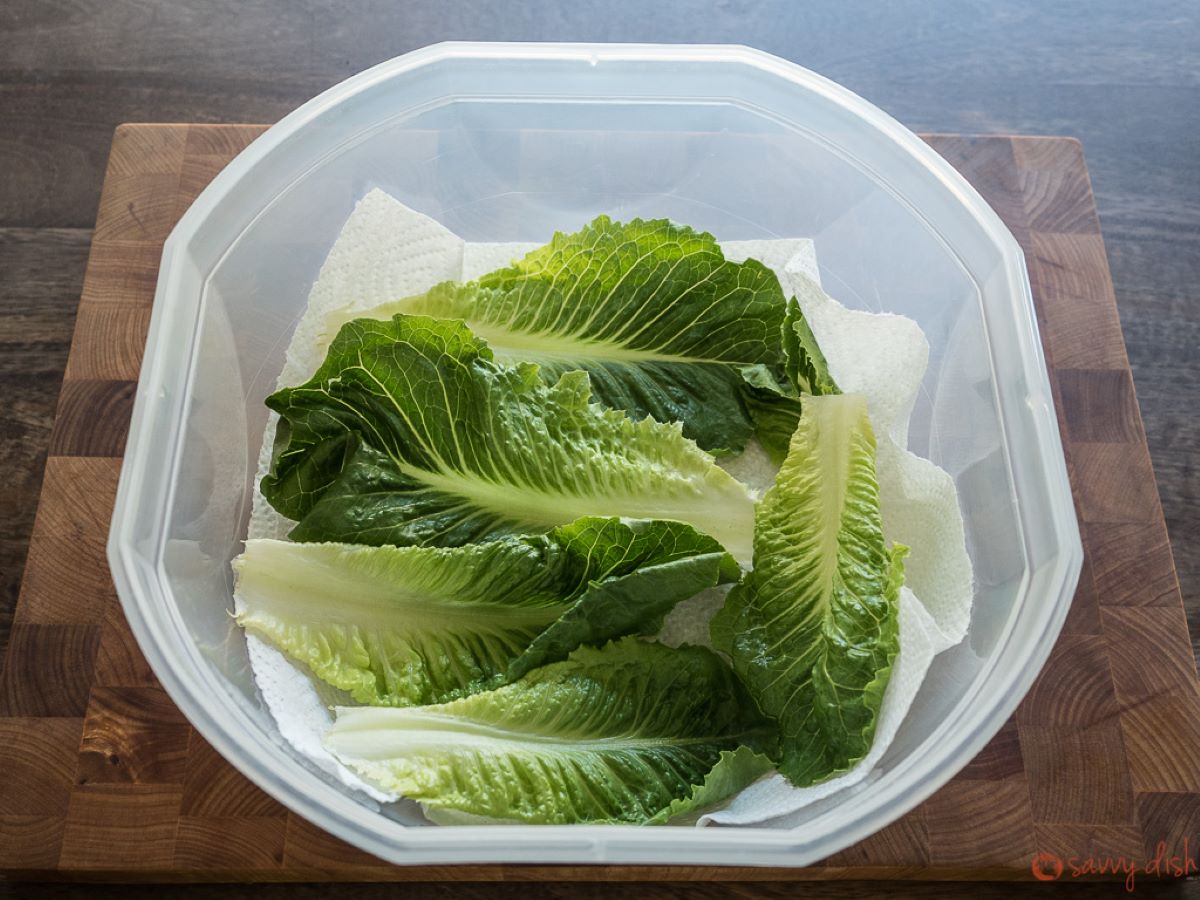
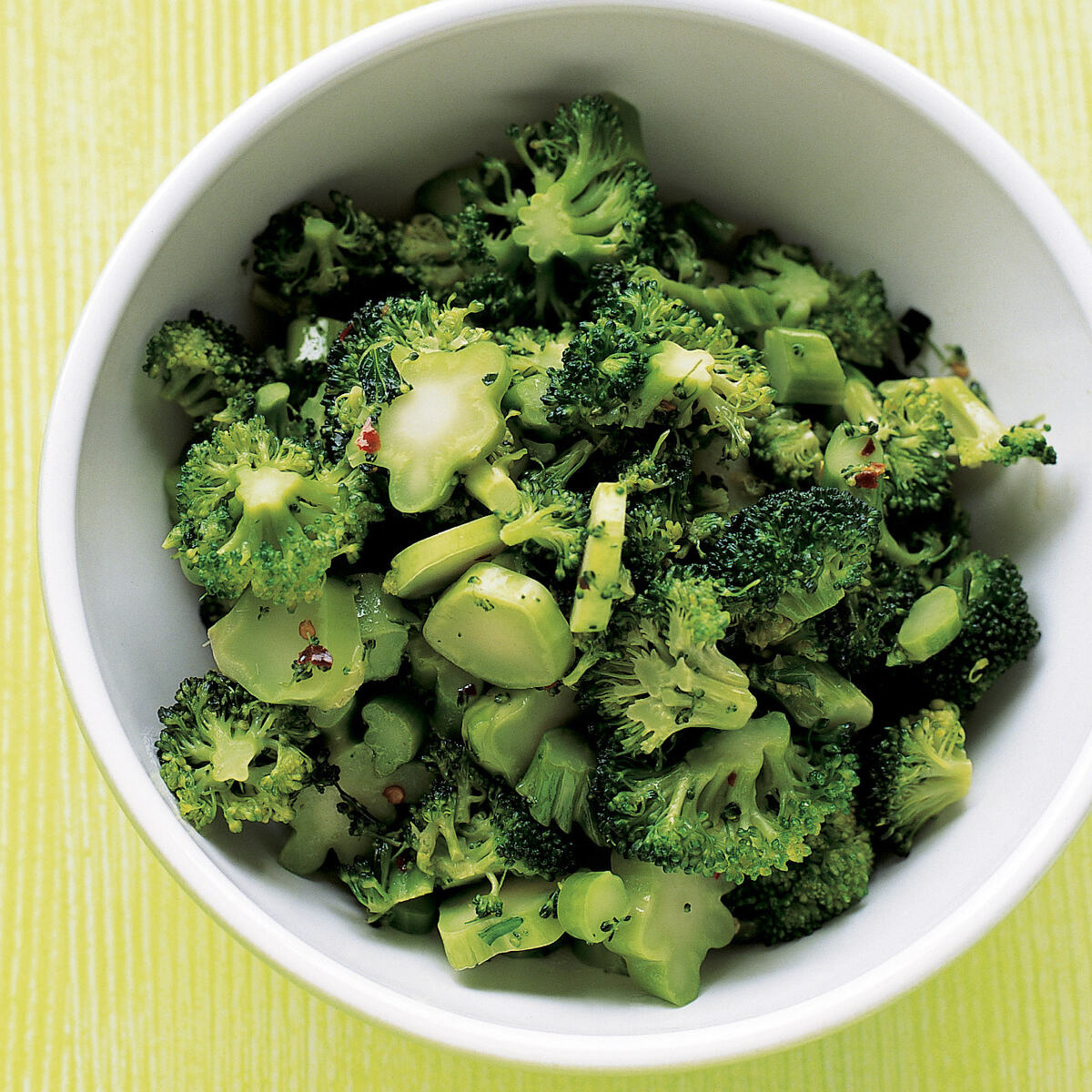
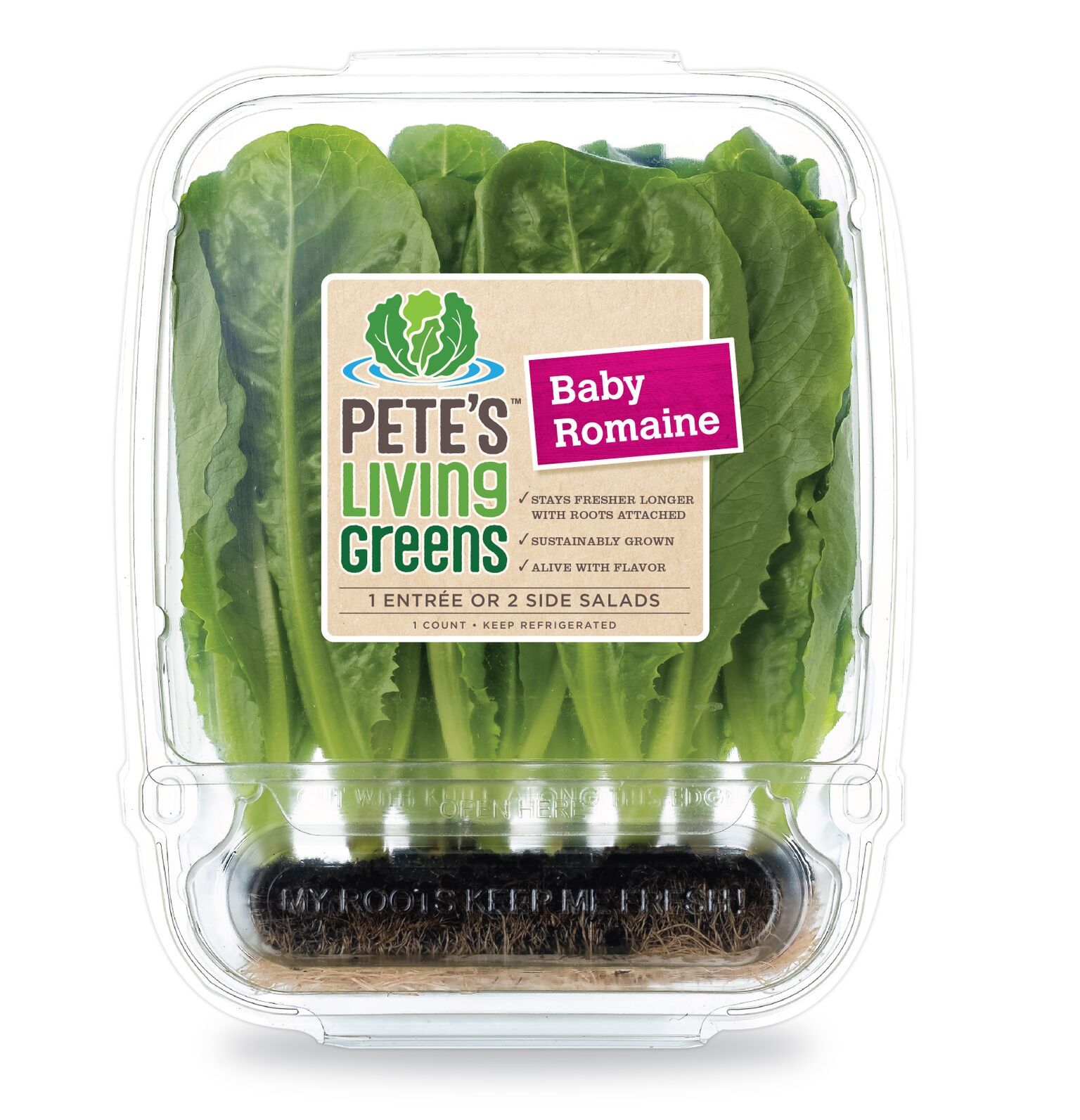
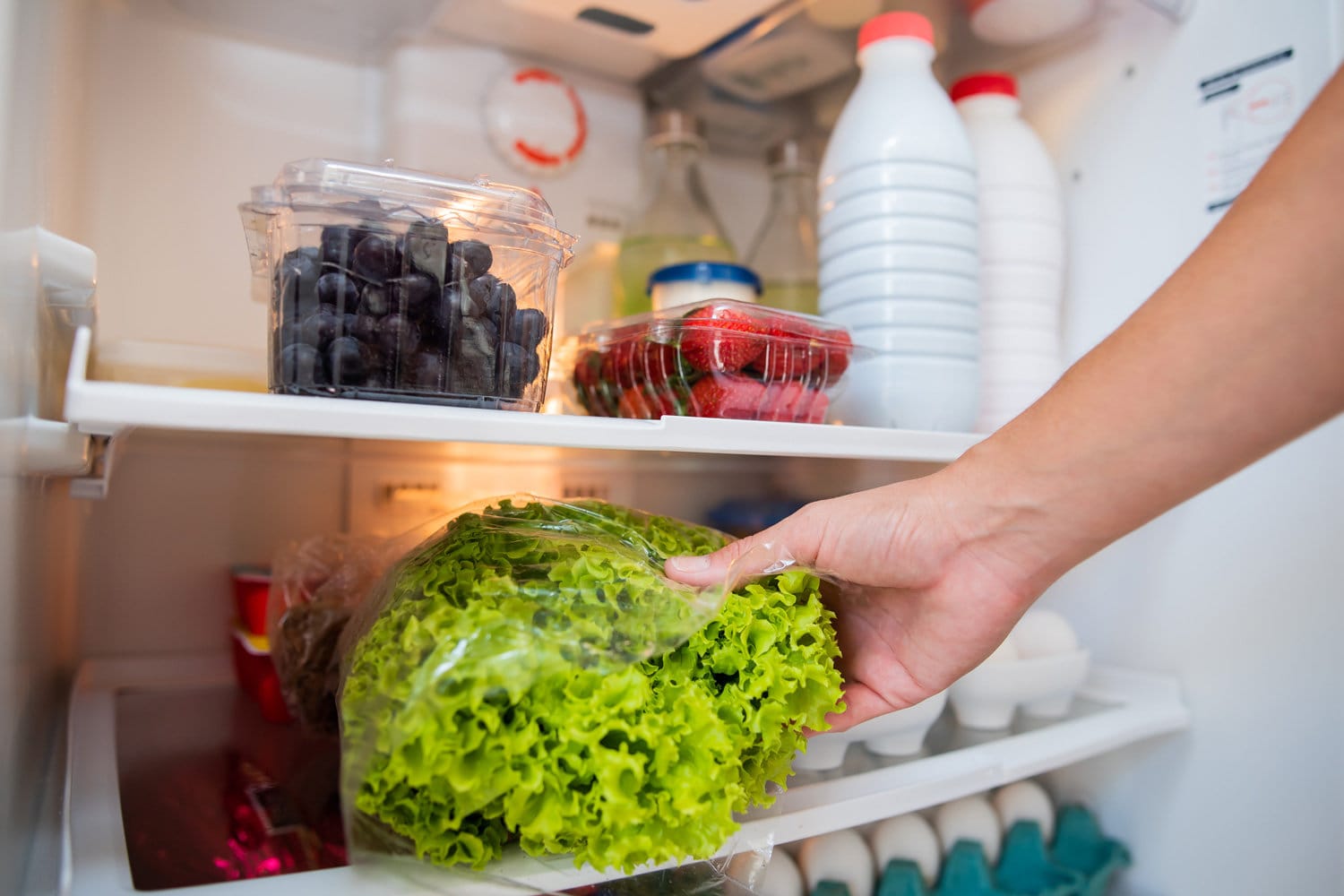
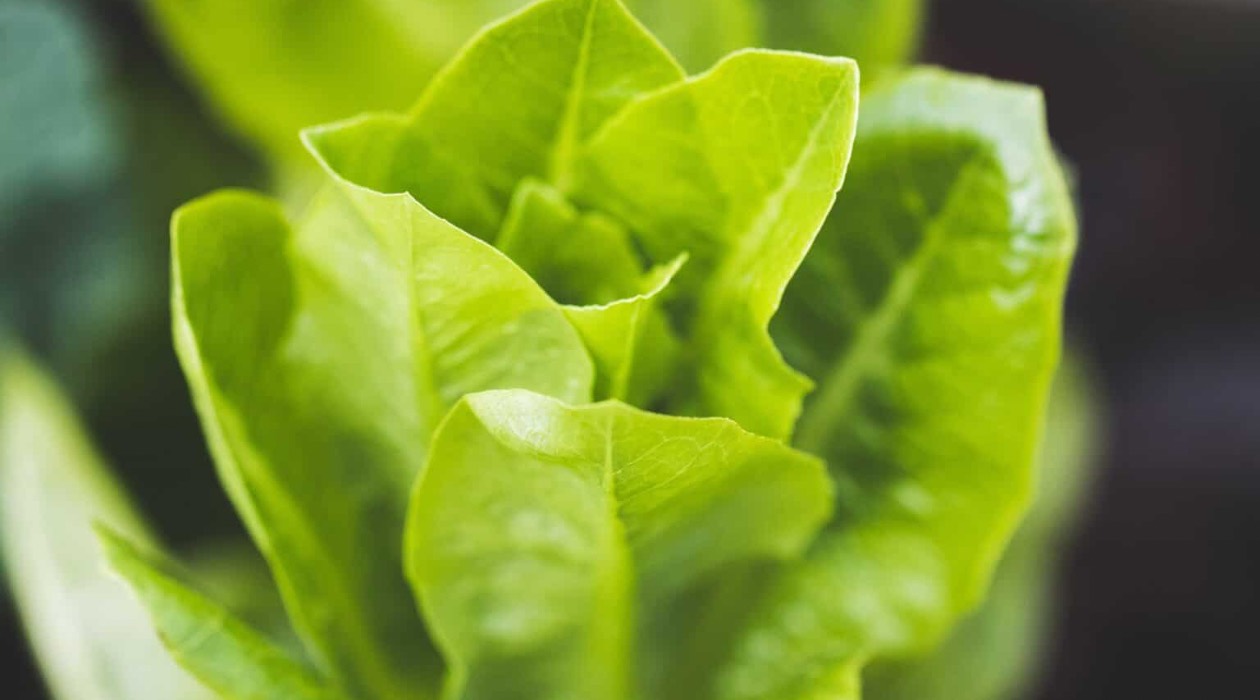
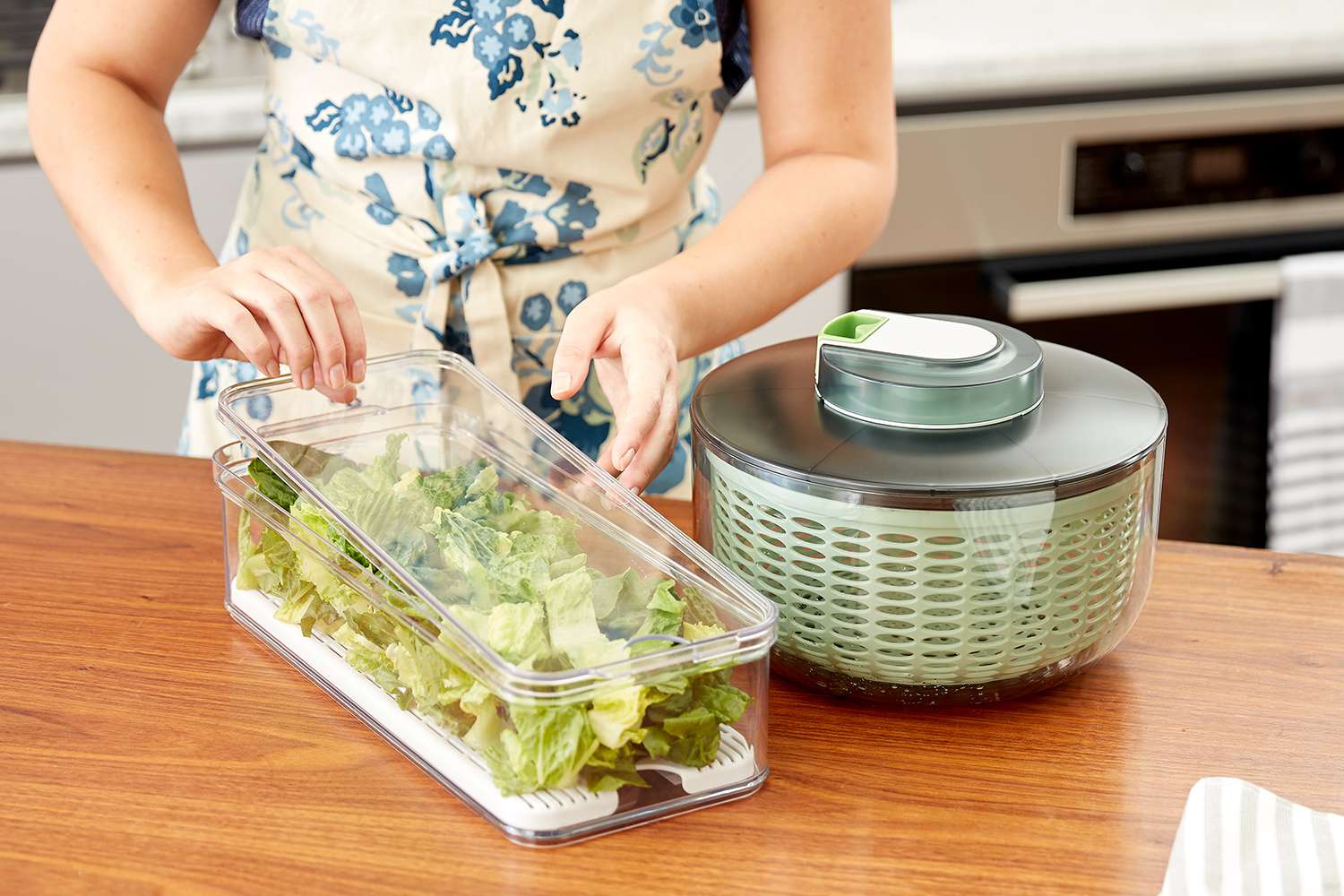
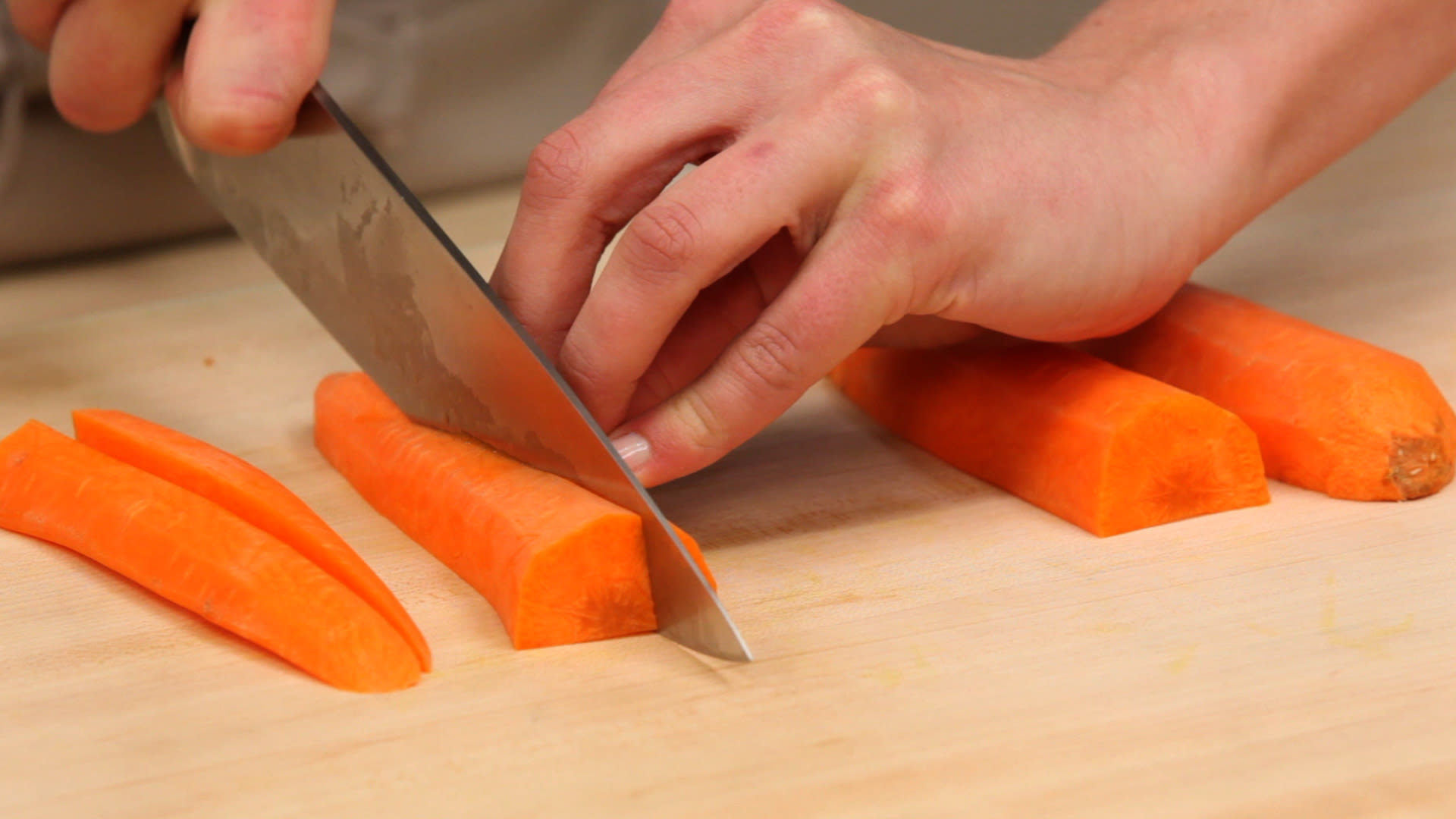
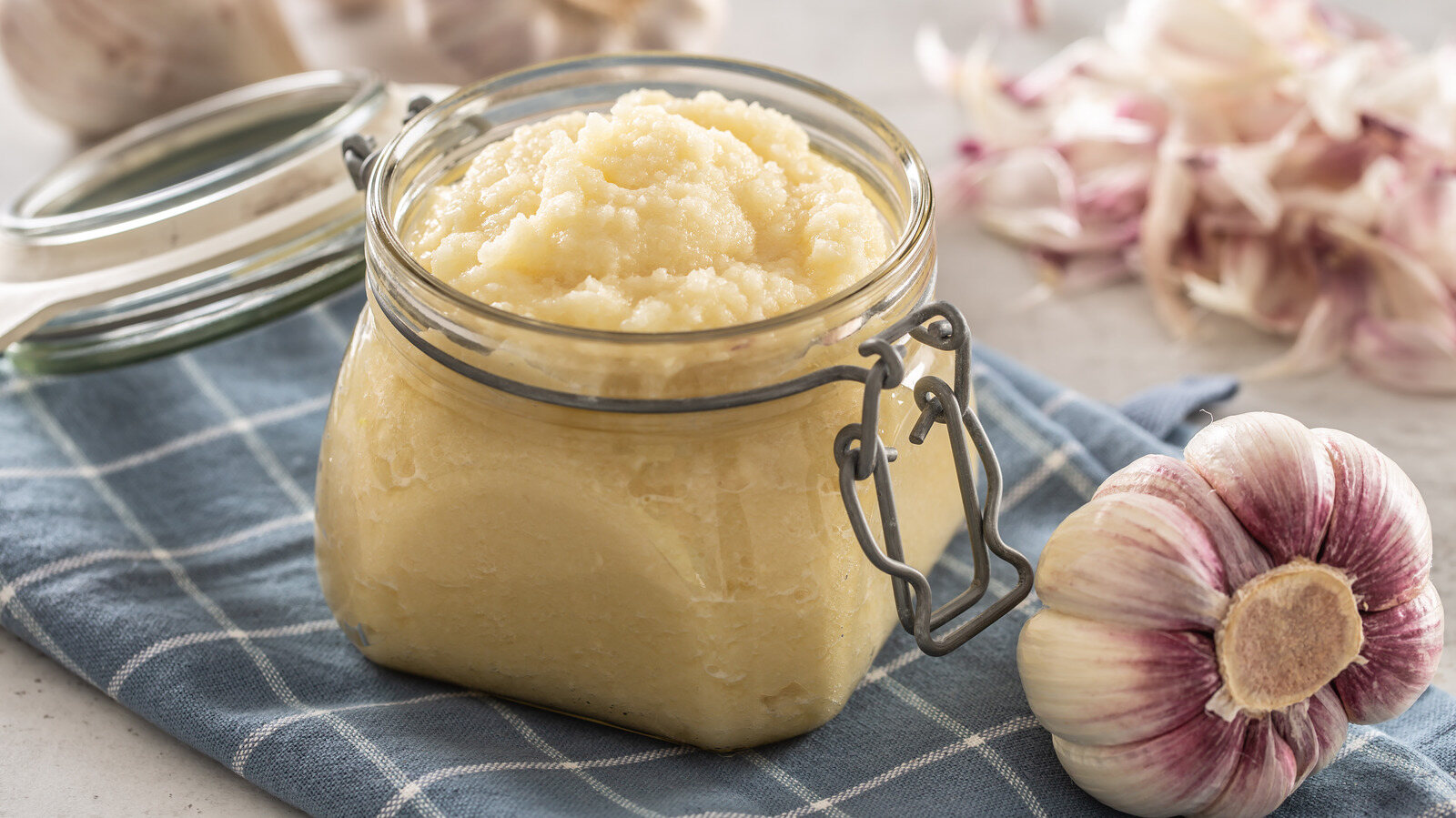
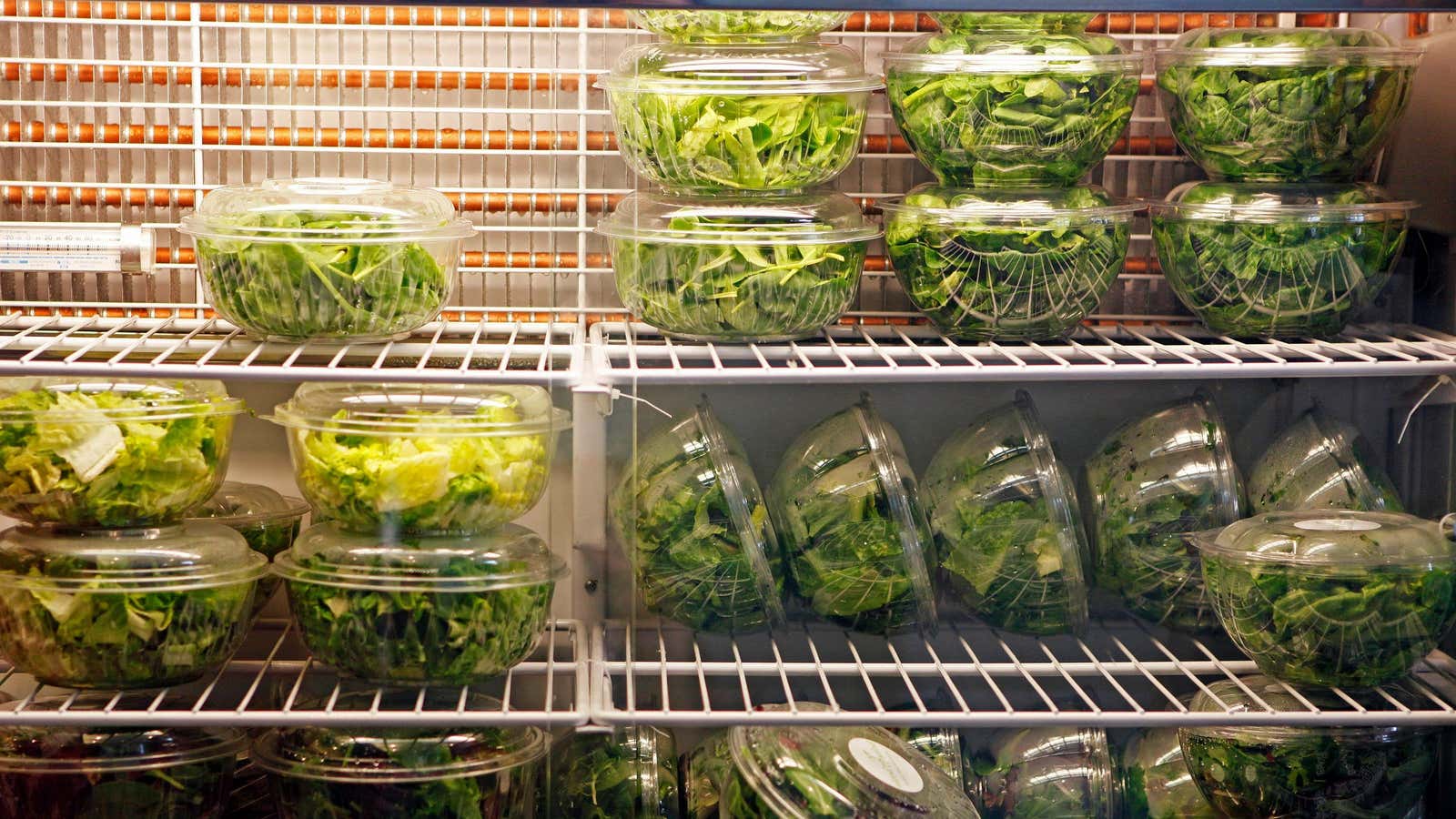
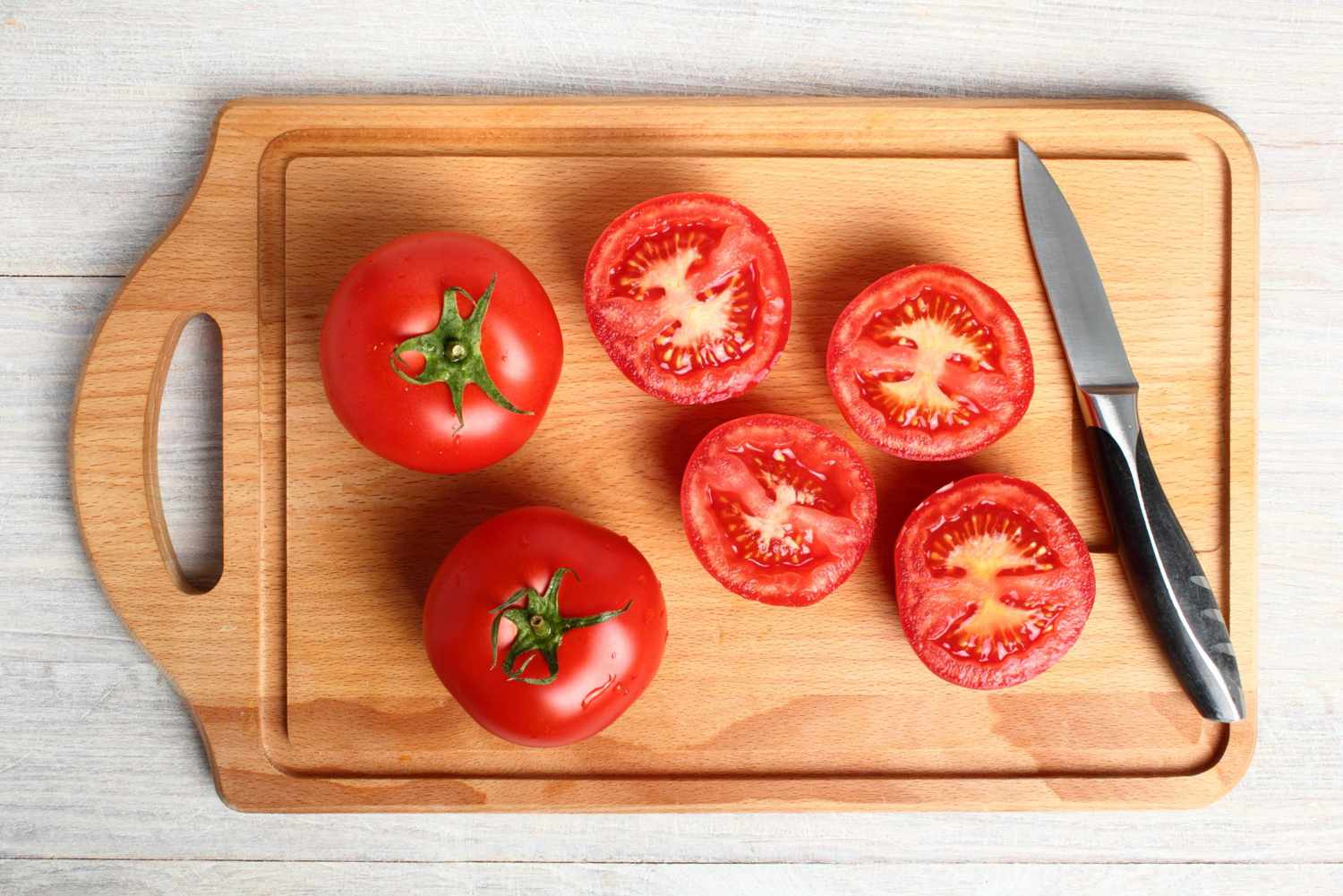
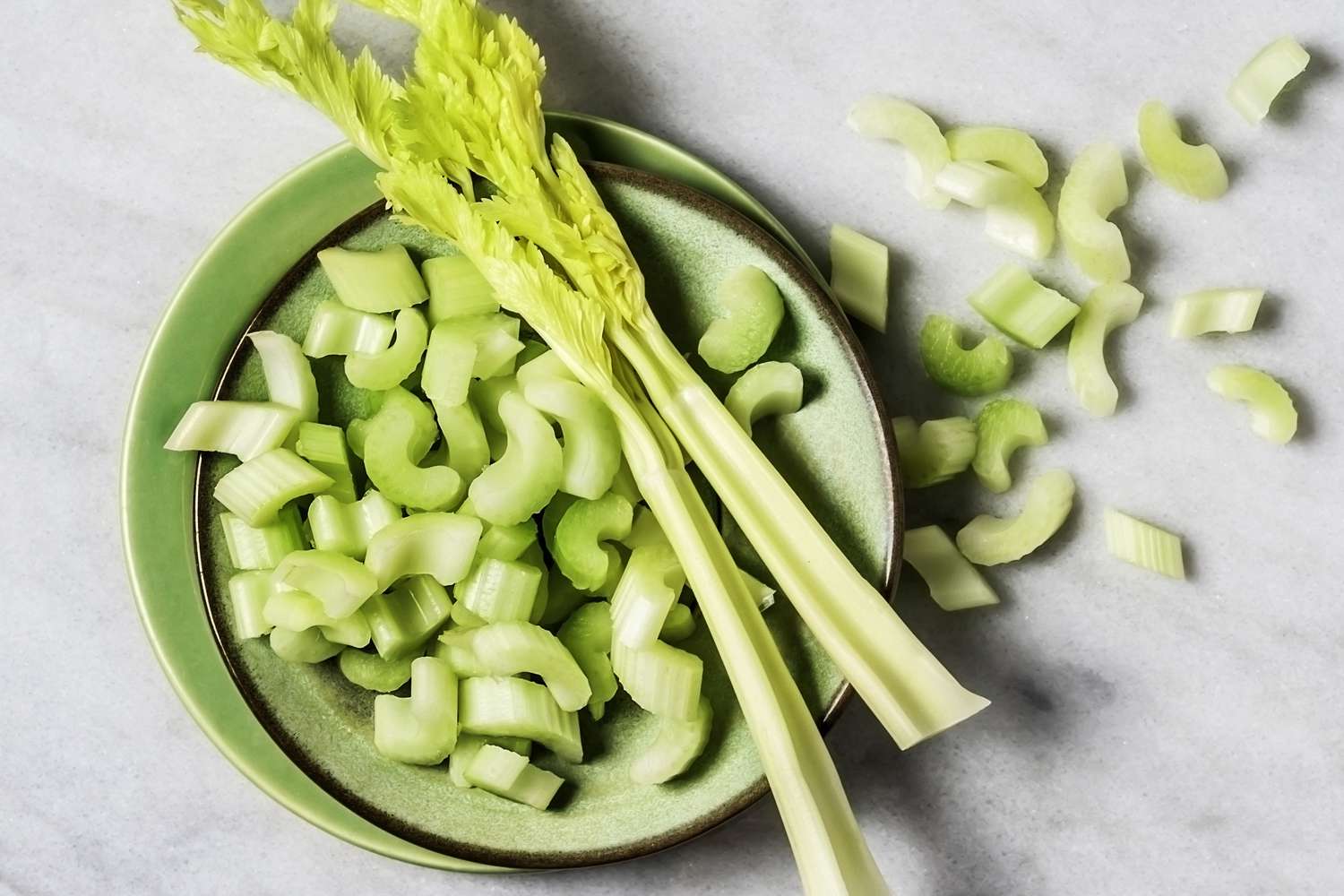
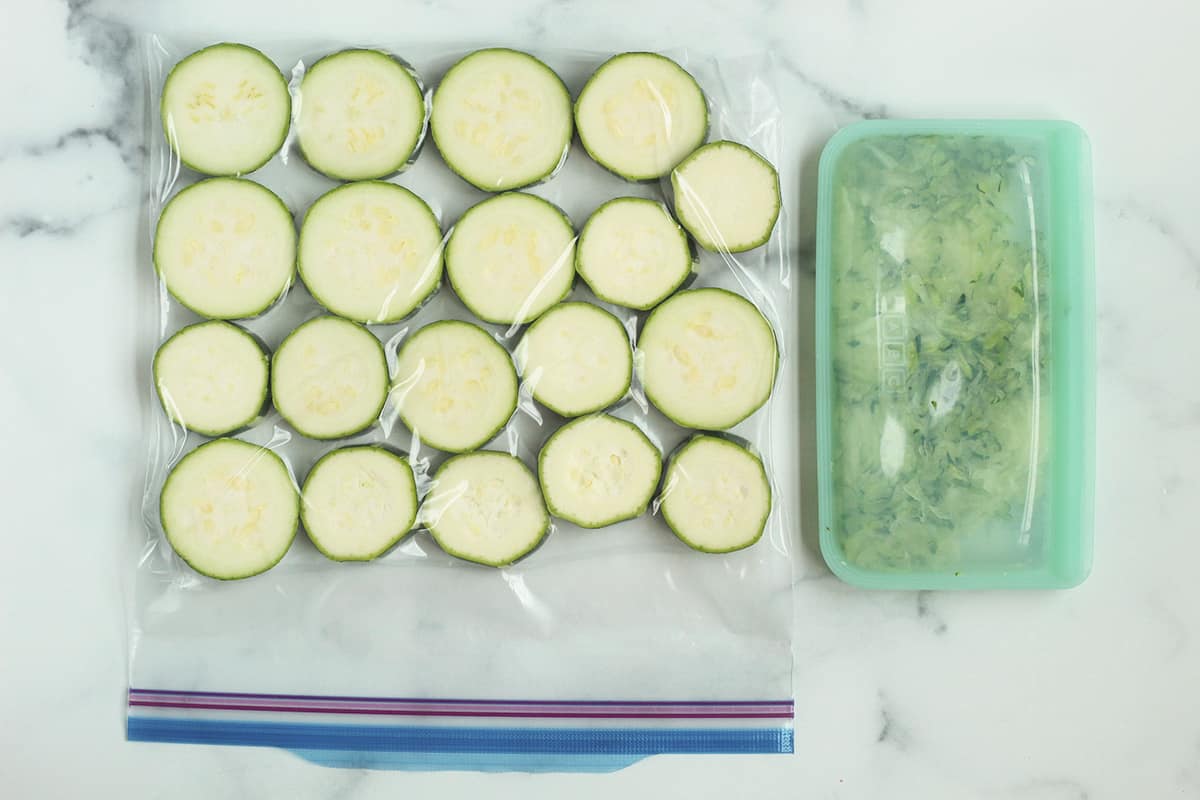


0 thoughts on “How To Store Chopped Lettuce”